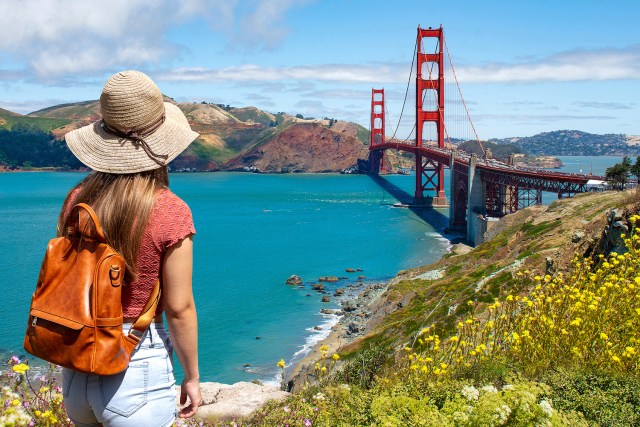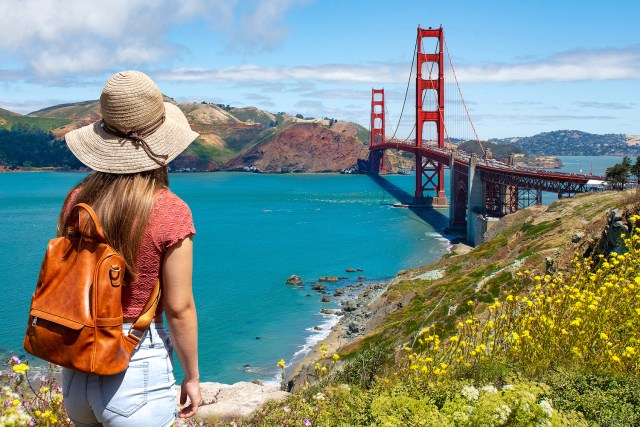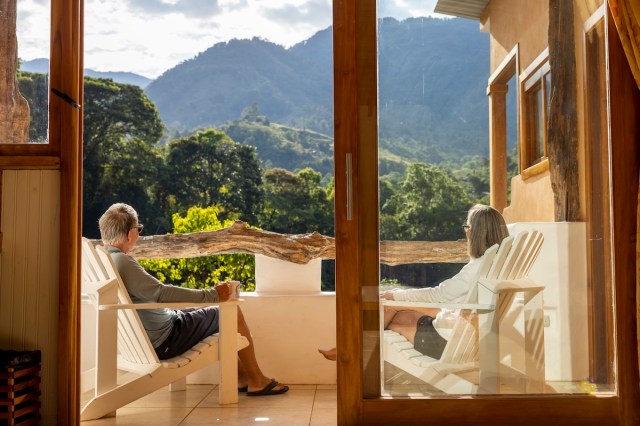Whether you’re searching for your first home or looking to settle down for your golden years, moving to a new city is no small task. A ton of factors play into the decision of where to settle — searching for a good school system, a vibrant cultural scene, or maybe just a deli where you can become a celebrated regular. But in the end, realistically, your decision may come down to price. According to the Council for Community and Economic Research (C2ER), the cost of living in a city can either be extremely prohibitive or wildly appealing depending on its geographic location. Here are the current cities with the highest and lowest costs of living across the U.S.
The Highest

Manhattan, New York
The cost of living index (COLI) used to evaluate cities takes into account factors such as the cost of housing and utilities, grocery prices, the cost of using transportation, the availability of affordable healthcare, and other basic goods and services. Of the 276 urban areas surveyed by the C2ER, the priciest one is Manhattan, New York. The heart of New York City boasts a cost of living index of 225.2 — more than double the national average (100). With its luxury apartments, world-class restaurants and museums, and pricey schools, Manhattan tops the list of America’s most expensive cities.

Honolulu, Hawaii
The second most expensive U.S. city to live in is the Hawaiian capital of Honolulu, with a score of 180.3. This scenic island paradise can’t be beat in terms of natural beauty, but costs are high given its location in the middle of the Pacific. This geographic isolation means it costs more to import certain goods and materials, which in turn means higher prices for consumers. Real estate is also quite limited and expensive due to rich out-of-staters buying up available land to build vacation homes.

San Jose, California
San Jose, California, is the most expensive city anywhere in the state, beating out other major metropolitan centers like Los Angeles. San Jose’s score of 174.4 is due in large part to the high prices associated with the nearby Silicon Valley, home to some of the world’s biggest tech corporations. This leads to high home costs and expensive grocery stores, and you’ll likely need to invest in a car to get around as public transportation is negligible. If you aren’t working in the tech sector, you may want to avoid putting down roots in San Jose and look elsewhere for something more affordable.
Reader Favorites

San Francisco, California
Just a few miles north of San Jose is the almost equally expensive San Francisco, with a score of 170.0 — a number 70% higher than the national average. The Bay Area has long been one of the more popular destinations anywhere in the country, but whether you choose to visit or live there, it’s expensive. Limited real estate means paying millions of dollars to purchase a downtown home or apartment. If you still have your heart set on the Bay Area, the good news is that the city has a pretty decent public transportation system that connects to nearby Oakland and other suburban areas in the vicinity.

Brooklyn, New York
The fifth most expensive urban area in the country is Brooklyn, New York, located just across the East River from high-priced Manhattan. The thriving borough came in with a total score of 160.5, and it only continues to grow in popularity. Luxury buildings continue to spring up throughout Brooklyn, which is already the most heavily populated borough in NYC with nearly 2.7 million residents. As these population numbers grow, it may be a challenge to find an affordable place to settle down in to call Brooklyn home.
The Lowest

Ponca City, Oklahoma
While many Americans simply don’t have the financial means to move to New York City or the Bay Area, there are plenty of great places to live right in the heart of the country instead. One such location is Ponca City, Oklahoma, located 90 minutes or so north of Oklahoma City. With a COLI of just 82.3, Ponca City is roughly 18% cheaper than the national average. But despite a lower cost of living, Ponca City is no small, quiet town. It has its fair share of attractions, including historic homes, a downtown theater dating back to the 1920s, state parks, and plenty of other amenities.

Tupelo, Mississippi
Tupelo, Mississippi — the birthplace of music legend Elvis Presley — is a single decimal point cheaper than Ponca City, with a COLI of just 82.2. Located in the northeastern part of the state, Tupelo is one of the more attractive places to consider living if you’re planning a move to the Deep South. In addition to the Elvis museum, the area is steeped in history, such as the Natchez Trace Parkway, an old trade route dating back thousands of years that’s currently managed by the National Park Service. These attractions, and others, make Tupelo an enticing destination for people trying to live on a budget.

McAllen, Texas
With a score of 80.9, McAllen is the first of two Texan cities to crack the bottom three. Life is quiet and affordable at the southern tip of Texas where McAllen is located, but one of the most attractive aspects of living in this small city (in addition to its low cost, of course) is its proximity to the Gulf of Mexico. Just venture a little over an hour east and you’ll find yourself on the stunning beaches of the western Gulf.

Harlingen, Texas
Harlingen, located around 30 miles east of McAllen, has the second lowest cost of living in urban areas with a score of 78.5. You won’t find big skyscrapers or widespread public transportation systems in this small Texas town — instead, you’ll find a welcoming community containing several parks and antique shops. Life in Harlingen is slow, quiet, and very affordable.

Decatur, Illinois
According to the C2ER’s 2023 data, Decatur, Illinois, boasts the lowest cost of living of any urban environment throughout the entire United States with a score of just 77.9 — over 20% below the national average. Decatur is located smack dab in the geographical center of major cities like Chicago, Indianapolis, and St. Louis, but it has a unique identity of its own. The residents of Decatur have access to great features found in larger cities, such as a thriving airport, zoo, and fine arts center, for much lower living prices.
More From Our Network
Better Report is part of Inbox Studio, which publishes content that uplifts, informs, and inspires.

















